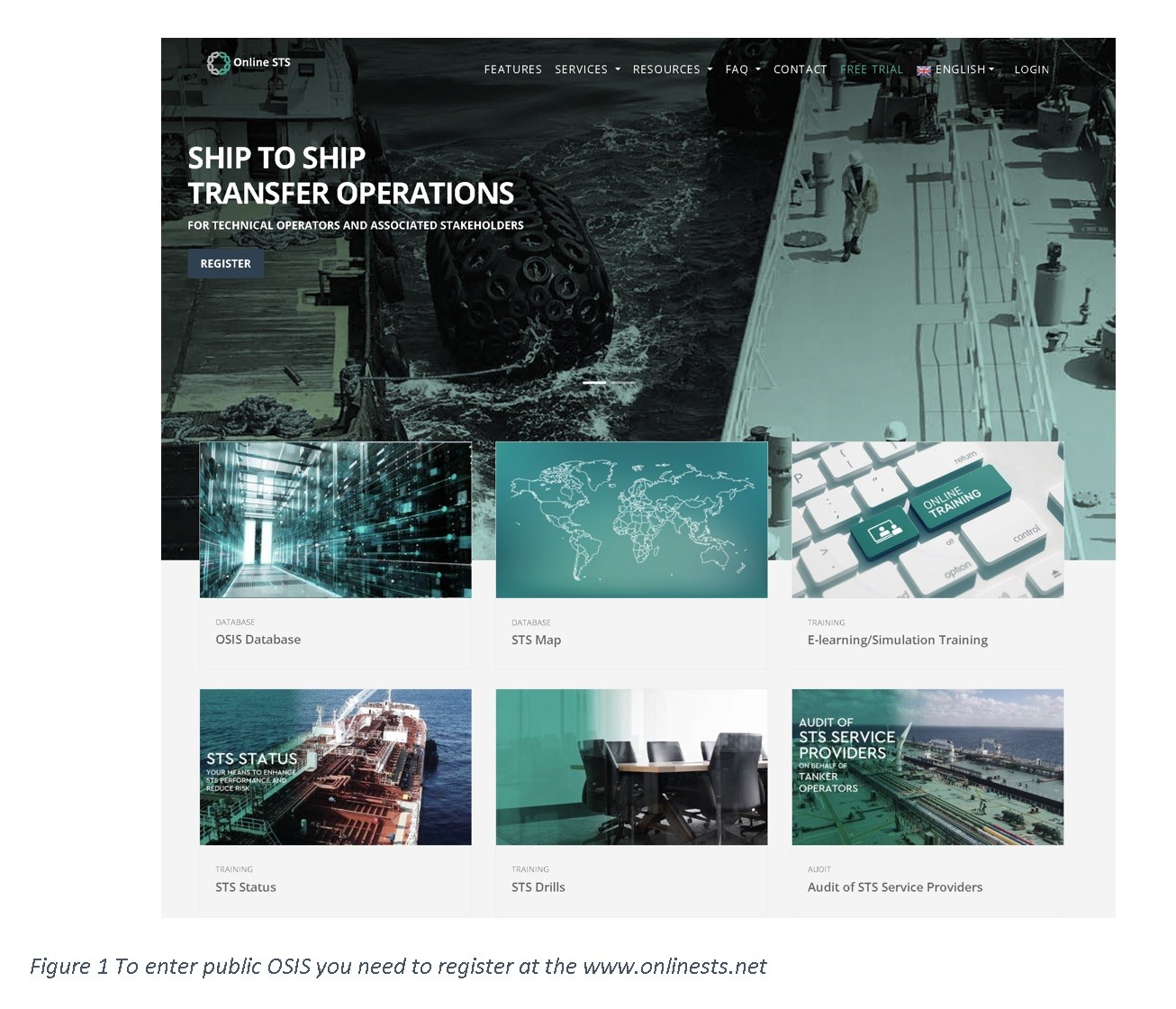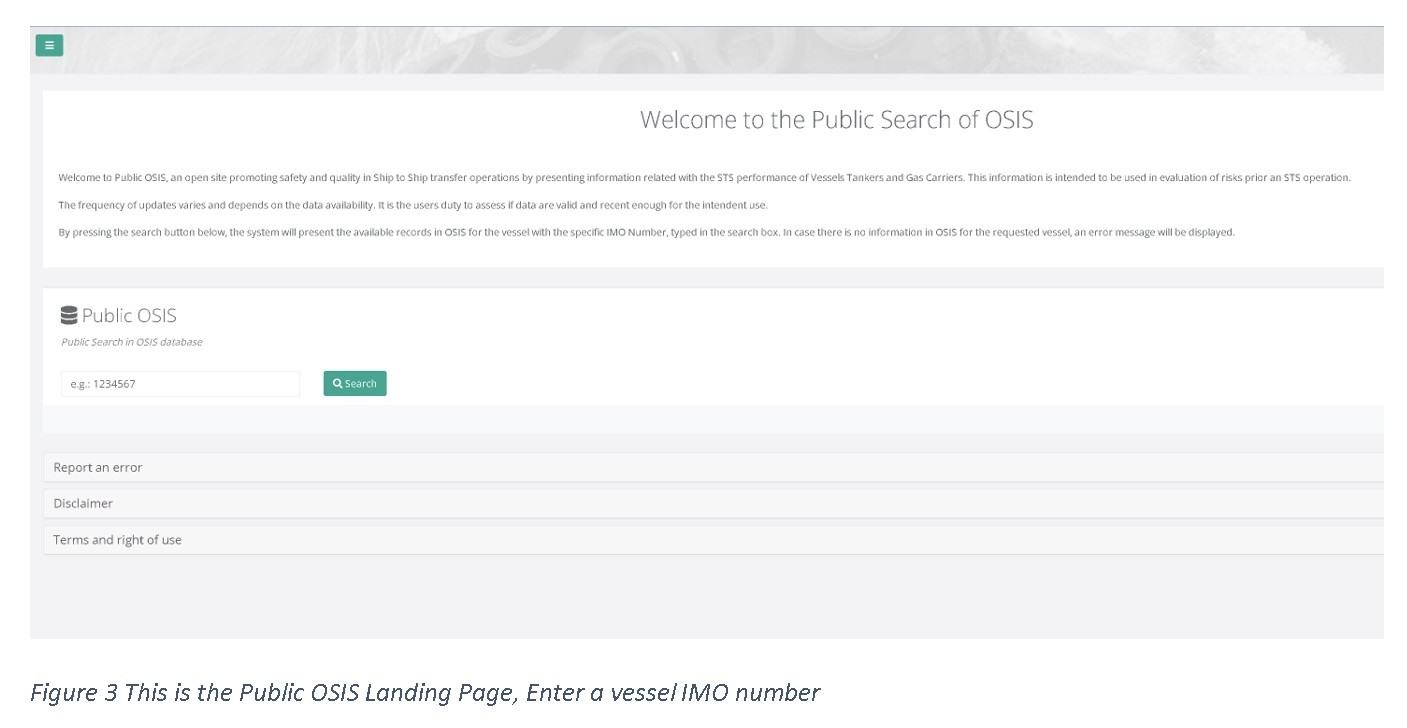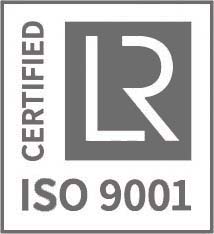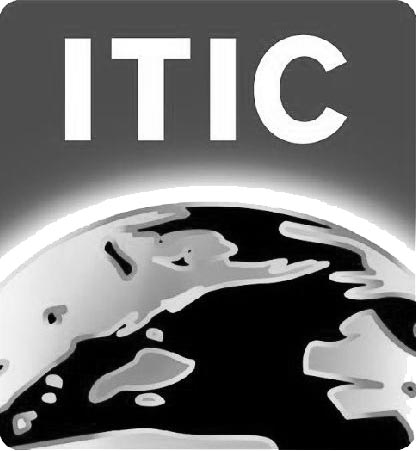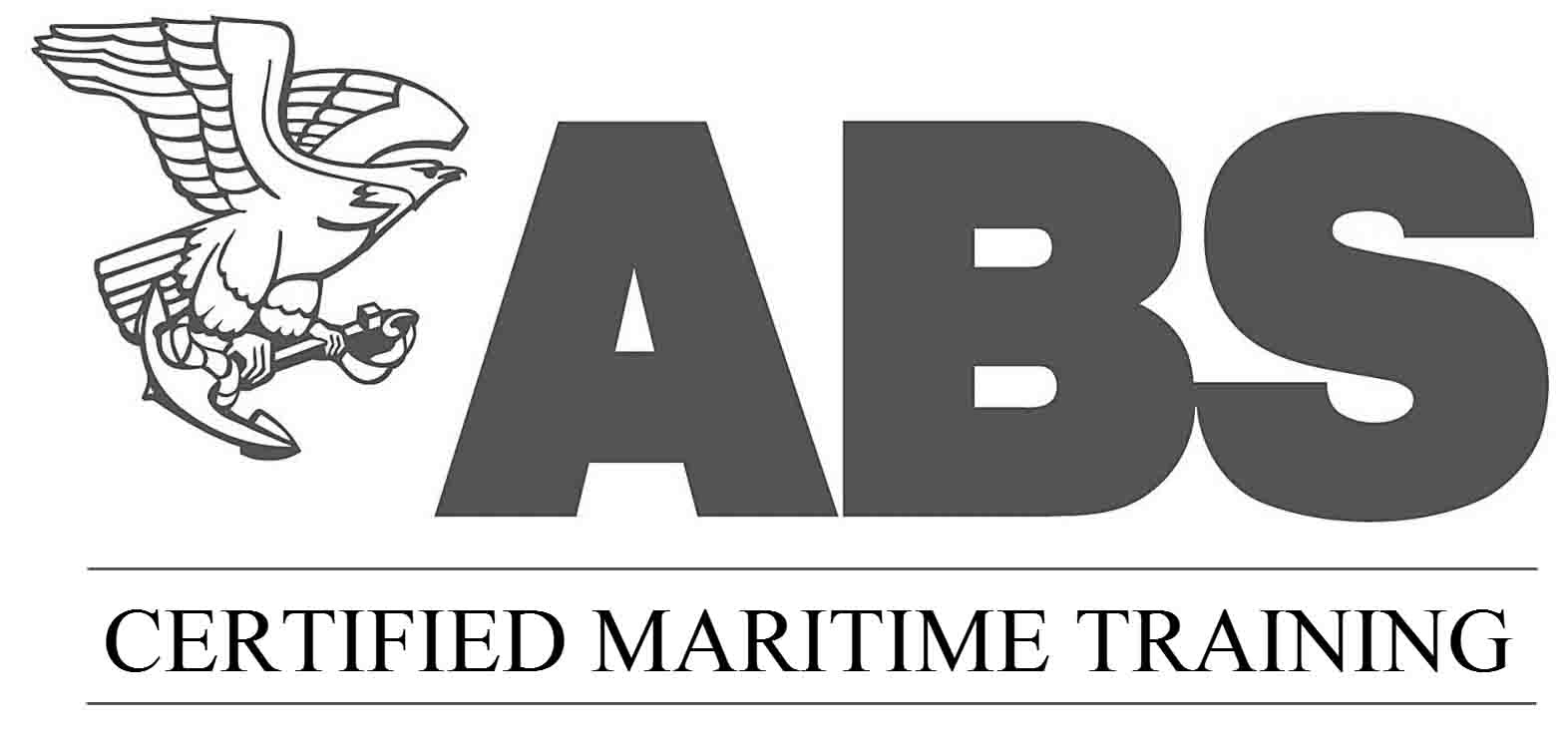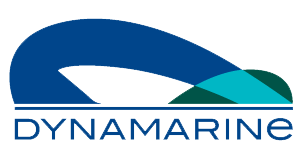PUBLIC OSIS PORTAL
13-07-2023
We are pleased to announce the introduction of a new and improved function on our website (www.onlinests.net) that focuses on providing registered users with comprehensive STS information. Through this circular, we aim to inform you about the various features and the wealth of information accessible through the PUBLIC OSIS Portal. Please feel free to revert with your feedback after going through the information.
DYNAMARINe plays a crucial role in enhancing safety standards in Ship-to-Ship (STS) Operations, while also prioritizing sustainability and transparency. The unwavering support from tanker owners and other key stakeholders, including P&I Clubs, Oil Majors, and STS Service Providers, has propelled the DYNAMARINe STS service to represent high-quality vessels with an exceptional track record of minimal reported incidents worldwide.
To access the Public OSIS, you need to be a registered user at the www.onlinests.net as shown in Figure 1. Then follow the steps as described at figures 2 and 3. Enter a valid IMO number and press the Search button
The information shown at the public OSIS as shown in figure 4, is the following:
- Vessel Current Name/ Imo number
- When was the vessel information last updated at OSIS
- Vessel Type and Size
- Type of Mooring Lines available onboard
- Number of closed Chocks/ Fairleaders
- Number of STS Operations during last 12 months
- If the current vessel is subscribed at the DYNAMARINe STS Services
- Date/ Location/ Size of Participating vessel/ Type of Mooring Operation/ Night Berthing
Please note the following comments:
- The information shown above are related to first hand verified data, received by the vessels engaged in STS Operations
- The source of vessel mooring apparatus is the vessel General Arrangement, Mooring Arrangement in conjunction with the Q88.
- Number of STS Operations is related to the information available at OSIS. For non-subscribed vessels, this information is Indicative since we do not have access to their management system
- Vessel subscription is related to subscribed vessels only. For the time being, the subscription status relates only to the 'complete' relationship and later on it will extend to the 'Basic' and 'Intermediate'
- Night Berthing describes STS operations that commenced 45 minutes prior to the nautical twilight for the specific location. We consider that part of mooring operation took place during hours of restricted light
In addition to providing information on vessels, OSIS also presents Incident Peer Group Analysis for all vessel types, as depicted in Figure 5. DYNAMARINe has identified three major incident categories and exclusively displays data for incidents occurring in the past 12 months.
Specifically, for mooring lines breakdown, the table includes the change (increase or decrease) in incidents compared to the previous 12-month period. The percentage reflects the number of incidents compared to the number of operations with specific vessel types. Regarding fender failure or oil spillage, the table presents the number of incidents rather than a percentage, given the relatively low occurrence of such incidents.
For all the above, we wish to express our appreciation to our member tanker owners and our gratitude to the persistence and resourcefulness of DYNAMARINe team
Some Key Questions
How often will the data at Public OSIS be renewed?
Data are being renewed on a monthly basis, at the beginning of each calendar month. We need to have a grace period of 30 days for completed STS Operations in order to allow for data validation and possible exchanges between tanker owners
What is the duration of data for the STS experience for a vessel?
The duration shown in Public OSIS is 12 months. Although OSIS accommodates data since 2011, we consider that last 12 month data is a good indication. Registered clients have access to their own data for as long as they are registered in the STS Service of DYNAMARINe.
How accurate are the numbers of STS Operations, shown in PUBLIC OSIS?
The numbers are accurate for subscribed vessels since DYNAMARINe has means to verify each STS operation. While for other vessels, the number may be accurate, DYNAMARINe can not provide an assurance at this stage. There are also non-subscribed vessels shown whose STS operations are indicative.
Can the supporting tanker operators be shown in Public OSIS?
This is something that we shall communicate with our clients and supporting organizations individually. As a provisional proposal, we would include the tanker operator name with a link to the operator web site
What is the benefit from having vessels subscribed at the DYNAMARINe STS Services?
The benefit lies in the fact that tanker operators follow transparent procedures that prioritize minimum risk and DYNAMARINe as a third party can provide an assurance, that such actions take place.
Better Safety Standards Depend on Reliable Data
Assessing safety in maritime operations requires access to data. DYNAMARINe offers three key components to assist its members when required to assess safety, mainly prior to the commencement of the STS operation.
These components are data from OSIS Database, 24x7 Support and DYNAMARINe's technical expertise in conjuction with the co-operating STS Service Providers
The commercial management of STS operations allows little time for preparation and many technical operators and masters need prompt access to reliable objective evidence, in order to support their risk assessments. Additionally, in STS operations there are external STS providers involved, whose service is of paramount importance to the master. DYNAMARINe maintains qualitative information for STS service providers and their equipment. DYNAMARINe has access to the management system and records of large groups of service providers, enabling prompt assessment with respect to quality, efficiency and reliability, in-line with OCIMF STS recommendations. The availability of data is therefore of high importance.
DYNAMARINe STS services were established in 2011 and make use of accumulated knowledge from thousands of operations performed in roughly 200 different global locations. Therefore, the available objective evidence at OSIS, in conjunction with the expertise of the DYNAMARINe team assists the technical operator in making safer, justified and more thorough assessments.
How can a Vessel experience factor be defined through Public OSIS
There is no standard number that defines safety. The numbers shown should be treated according to your own policies and procedures and should represent an indication. For more detailed information you should contact the relevant operator, responsible for each vessel.
One can observe that the incident rates in relation to the number of operations are relatively low. However, does this fact necessarily indicate that STS operations are considered safe?
Safety in STS operations is contingent upon several factors, including accurate assessment, access to relevant data, adequate support for Masters, training opportunities for deck officers, and consistent processes within the organization. DYNAMARINe possesses knowledge regarding the risks associated with STS operations pertaining to the subscribed vessels. However, DYNAMARINe does not have insight into the processes adopted by other Tanker Operators, thus it cannot be asserted that the incident percentages represent global trends.
It is important that the data presented by DYNAMARINe accounts for approximately 20% of global operations, serving as an indicative sample size. It is important to consider that even though the likelihood of incidents may be low, the potential consequences can still have a significant impact on organizations. Therefore, it is crucial to prioritize minimizing risks to ensure the safety and well-being of all involved.
